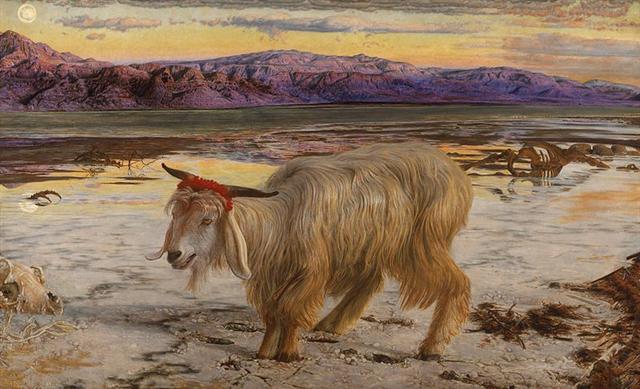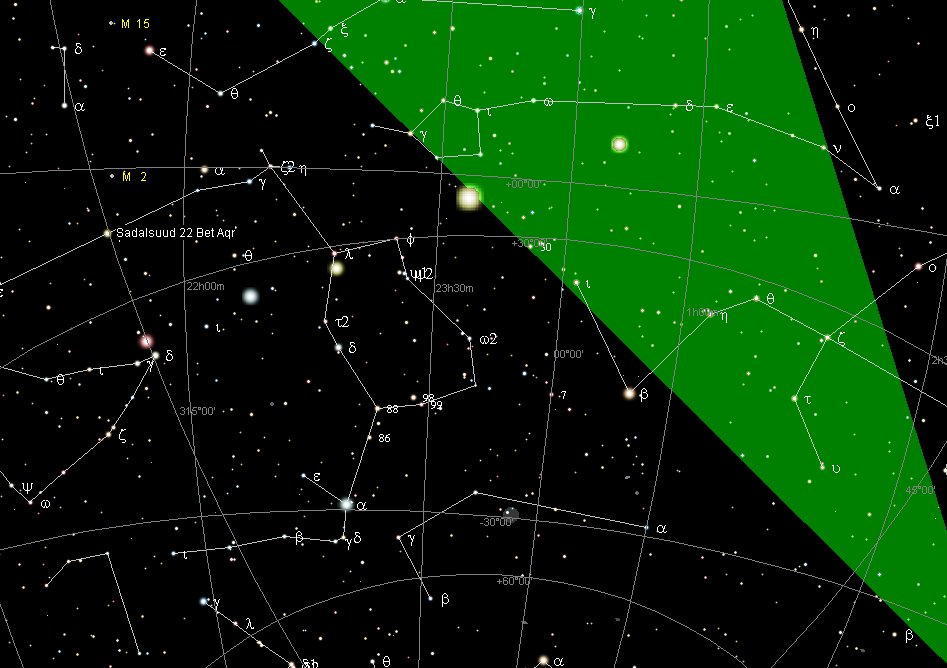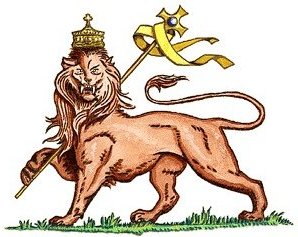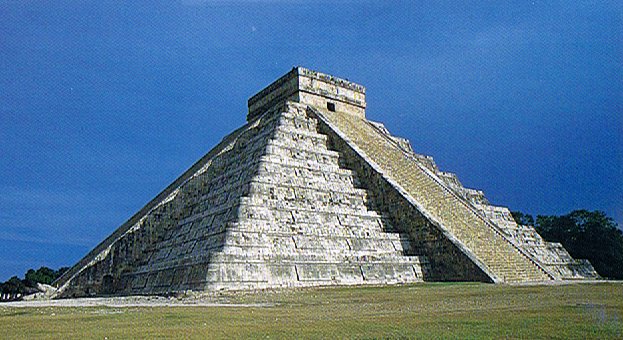120. And then there was a program giving a quick insight into the current archeological efforts to unearth more Etruscan inscriptions, with the goal to better understand the Etruscan language, only about 30 % of which currently was understood. Here had recently been found a wall painting where one of the figures had a strange face, which prompted a question as to what that meant. The answer given by the guiding archeologist was that he wore a face mask, he was 'impersonating'. The Etruscan word had been taken over by the Romans and later incorporated into the English languare. The figure on the wall was not himself, he was another 'person'. I found this phenomenon quite intriguing, and after a while recalled from some years ago when I happened to encounter a strannger in 'my' forest when walking along the usual path with my dogs (at that time I had a pair from the Lucky Bear kennel). He was carrying a rifle and I asked him what his intentions were. Although it was a beautiful summer day around noon he was out there in order to shoot some deer..Later did I learn that he was lying to me about his hunting rights, this was not a part of the forest where such a thing existed, it was much too close to where people were living I protested and said there might be families around at this time of the day, but he did no respond to my protest and instead continued undeterred on his way. The rememberd episode was now put together in my mind with the phenomenon of impersonating. Because the Goat in mythology might be explained as a primary case of impersonating.
At the time of Doggerland, when the level of the sea was much lower than today (i.e. around 7000 BC), people could walk across from the European continent to the British side and back again, which explained why there had been found similar artifacts on both sides of the Channel. And among these were strange masks painstakingly created from the flattened skull of a deer. This was put in conjunction with my encounter with the dishonest hunter, because he had asked me if I had seen 'any goats' close by. Which puzzled me because there could hardly be any goats around. Goats and sheep are domesticated animals and should not be out in the forest.
But then he explained that 'goat' was a part of the hunter's vocabulary - it meant a deer with antlers.
And now, after the Etruscan 'impersonating' idea, it suddenly dawned on me: The 'Goat' in form of Capricornus at the beginning of the list of the Mesopotamian ecliptic constellations probably was referring to the Red Deer Stag. ... A man had a daughter who possessed a wonderful bow and arrow, with which she was able to bring down everything she wanted. But she was lazy and was constantly sleeping. At this her father was angry and said: 'Do not be always sleeping, but take thy bow and shoot at the navel of the ocean, so that we may get fire.' The navel of the ocean was a vast whirlpool in which sticks for making fire by friction were drifting about. At that time men were still without fire. Now the maiden seized her bow, shot into the navel of the ocean, and the material for fire-rubbing sprang ashore. Then the old man was glad. He kindled a large fire, and as he wanted to keep it to himself, he built a house with a door which snapped up and down like jaws and killed everybody that wanted to get in. But the people knew that he was in possession of fire, and the stag determined to steal it for them. He took resinous wood, split it and stuck the splinters in his hair. Then he lashed two boats together, covered them with planks, danced and sang on them, and so he came to the old man's house. He sang: 'O, I go and will fetch the fire.' The old man's daughter heard him singing, and said to her father: 'O, let the stranger come into the house; he sings and dances so beautifully.' The stag landed and drew near the door, singing and dancing, and at the same time sprang to the door and made as if he wanted to enter the house. Then the door snapped to, without however touching him. But while it was again opening, he sprang quickly into the house. Here he seated himself at the fire, as if he wanted to dry himself, and continued singing. At the same time he let his head bend forward over the fire, so that he became quite sooty, and at last the splinters in his hair took fire. Then he sprang out, ran off and brought the fire to the people ... ... Math had similarly made a stag of his rival Gilvaethwy, earlier in the story. It seems likely that Llew's mediaeval successor, Red Robin Hood, was also once worshipped as a stag. His presence at the Abbot's Bromley Horn Dance would be difficult to account for otherwise, and stag's horn moss is sometimes called Robin Hood's Hatband. In May, the stag puts on his red summer coat .... Presumably the ancient shamans had impersonated the Stag (Goat) at spring equinox, because by becoming the Stag all around would undertand summer was ahead.:
... A sidelight falls upon the notions connected with the stag by Horapollo's statement concerning the Egyptian writing of 'A long space of time: A Stag's horns grow out each year. A picture of them means a long space of time.' Chairemon (hieroglyph no. 15, quoted by Tzetzes) made it shorter: 'eniautos: elaphos'. Louis Keimer, stressing the absence of stags in Egypt, pointed to the Oryx (Capra Nubiana) as the appropriate 'ersatz', whose head was, indeed, used for writing the word rnp = year, eventually in 'the Lord of the Year', a well-known title of Ptah. Rare as this modus of writing the word seems to have been - the Wörterbuch der Aegyptischen Sprache (eds. Erman and Grapow), vol. 2, pp. 429-33, does not even mention this variant - it is worth considering (as in every subject dealt with by Keimer), the more so as Chairemon continues his list by offering as number 16: 'eniautos: phoinix', i.e., a different span of time, the much-discussed 'Phoenix-period' (ca. 500 years) ... I decided to dig deeper in my accumulated external memory bank, as documented first of all in my Index. By prompting the word program to look for 'archer' much ideas could be brought up into light, which I had forgotten, for instance: ... Wilkinson informs us that a victorious king or god would invert his bow, showing the string towards the conquered enemies in what presumably is a gesture of dominance, while the surrendering warriors would hold their empty bows above their heads:
... Possibly these arrows in the sky are bringing 'fire' to their targets. ... it was said of Ishtar that it is 'she who stirs up the apsu before Ea'.6 6 'Descent of Ishtar to the Nether World', obv. I. 27, ANET, p. 107; see also W. F. Albright, 'The Mouth of the Rivers', AJSL 35 (1919), p. 184. A strange pastime for the heavenly queen, but it seems to have been a rather celestial sport. The eight Yasht of the Avesta7, 7 Yasht 8.6 and 8.37 (H. Lommel, Die Yasts des Awesta {1927}. dedicated to Sirius-Tishtriya, says of this star: 'We worship the splendid, brilliant Tishtriya, which soars rapidly to Lake Vurukasha, like the arrow quick-as-lightning, which Urxsa the archer, the best archer among the Aryans, shot from Mount Aryioxsutha to Mount Huyanvant'.8 8 See for the feat of this unpronounceable archer (Rkhsha) the report given by Al-Biruni, who spells him simply Arish (The Chronology of Ancient Nations, trans. E. Sachau {1879}, p. 205). The background of the tale: Afrosiyab had promised to restore to Minôcihr a part of Erânshar (which had been conquered by him) as long and as broad as an arrow shot. Arish shot the arrow on the 13th day of the month Tir-Mâh, after having announced: 'I know that when I shoot with this bow and arrow I shall fall to pieces and my life will be gone.' Accordingly, when he shot, he 'fell asunder into pieces. By order of God the wind bore the arrow away from the mountain of Rûyân and brought it to the utmost frontier of Khurâsân between Farghâna and Tabaristân; there it hit the trunk of a nut-tree that was so large that there had never been a tree like it in the world. The distance between the place where the arrow was shot and that where it fell was 1,000 Farsahk.' (See also S. H. Taqizadeh, Old Iranian Calendars {1938}, p. 44.) Tîr or Tîra is the name for Mercury (see T. Hyde, Veterum Persarum et Parthorum Religionis historia {1760}, p. 24: 'Tîr, i.e., Sagitta ..., quo etiam nomine appellatur Mercurius Planeta propter veociorem motum'), but it is also, along with Tishtriya, the name for Sirius (see A. Scherer, Gestirnnamen bei den indogermanischen Völkern {1953}, pp. 113f.), and the 13th day of every month is dedicated to Sirius-Tishtriya (see Lommel, p. 5). We must leave it at that: Sirius-the-arrow has made more mythical 'noise' than any other star, and also its connection with the ominous number 13 appears to be no Iranian monopoly. And what does Sirius do to this sea? It causes 'Lake Vurukasha to surge up, to flood asunder, to spread out; at all shores surges Lake Vurukasha, the whole center surges up.' (Yt. 8.31; see also 5.4). Whereas Pliny9 9 9.58. Cf. Aristotle, Historia Animalium 8.15.599B-600. wants to assure us that 'the whole sea is conscious of the rise of that star, as is most clearly seen in the Dardanelles, for sea-weed and fishes float on the surface, and everything is turned up from the bottom.' He also remarks that at the rising of the Dog-Star the wine in the cellars begins to stir up and that the still waters move (2.107) - and the Avesta offers as explanation (Yt. 8.41) that it is Tishtriya, indeed, 'by whom count the waters, the still and the flowing ones, those in springs and in rivers, those in channels and in ponds'.10 10 Trans. E. Herzfeld, Zoroaster and His World (1947), p. 587. This is, however, no Iranian invention: the ritual text of the Babylonian New Year addresses Sirius as 'mulKAK.SI.DI. who measures the depth of the Sea'. mul is the prefix announcing the star, KAK.SI.DI means 'arrow', and it is this particular arrow which is behind most of the bewildering tales of archery. The bow from which it is sent on its way is a constellation, built from stars of Argo and Canis Major, which is common to the spheres of Mesopotamia, Egypt and China.11 11 There is strong circumstantial evidence of this bow and arrow in Mexico also: the bow of Chichimeca, the Dog-people. And since the name Ishtar is shared by both Venus and Sirus, one may guess who 'stirs up the apsu before Ea'. And here is what the 'fire' accomplished, according to a Finnish rune of origin,12 12 K. Krohn, Magische Ursprungsrunen der Finnen (1924), pp. 115ff. See also F. Ohrt, The Spark in the Water (1926), pp. 3f. after it had been 'cradled ... over there on the navel of the sky, on the peak of the famous mountain', when it rushed straightaway through the seven or nine skies and fell into the sea: 'The spark ... rolled ... to the bottom of Lake Aloe, roaring it rushed to the bottom of the sea, down into the narrow depression (?). This Lake Aloe then, thrice in the summernight, rose foaming to the height of its firs, driven in fury beyond its banks. Thereupon again Lake Aloe thrice in the summernight dried up its waters to the bottom, its perch on the rocks, its popo {small fishes} on the skerries'. A violent spark this seems to have been; yet - is it not also said of the old Sage: 'Väinömöinen in the mouth of the whirlpool boils like fire in the water'? Which goes to say that mythical 'fire' means more that meets the eye' ... It seems that 'fire' is a longitudinal matter, sun (or Sirius etc) will rise all over the surface of the earth - the impression is - at the same time for a given longitude. We leave this matter now. I have checked GD41 and GD37, but find no reason to change anything of substance there ... Perhaps these ancient ideas could be used when trying to understand Akapana: ... I walked towards it now, and spent some time strolling around it and clambering over it. Originally it had been a clean-sided step-pyramid of earth faced with large andesite blocks. In the centuries since the conquest, however, it had been used as a quarry by builders from as far away as La Paz, with the result that only about ten per cent of its superb facing blocks now remained. What clues, what evidence, had those nameless thieves carried off with them? As I climbed up the broken sides and around the deep grassy troughs in the top of the Akapana, I realized that the true function of the pyramid was probably never going to be understood. All that was certain was that it had not been merely decorative or ceremonial. On the contrary, it seemed almost as though it might have functioned as some kind of arcane 'device' or machine. Deep within its bowels, archaeologists had discovered a complex network of zigzagging stone channels, lined with fine ashlars. These had been meticulously angled and jointed (to a tolerance of one-fiftieth of an inch), and had served to sluice water down from a large reservoir at the top of the structure, through a series of descending levels, to a moat that encircled the entire site, washing against the pyramid's base on its southern side ... And I suggest it similarly should be of use at Gb6-20 and at Gb2-16:
The Pool of Tears was the result of Weeping (→ μ Capricorni).
...I must here take the opportunity to document, before it vanishes from my memory, how scientists (according to a TV program I happened to stumble on yesterday) had found out that the 91 vertical stone segments clearly had been arranged in order to produce a remarkable acoustical phenomenon - viz. how someone (like a priest) when clapping his hands standing on the ground in front of the pyramid would receive an echo of approval from the stones, sounding exactly like the chirp of the Flying Serpent (Kukulkan, the Quetzal Coatl) ...
"Just at this moment her head struck against the roof of the hall: in fact she was now rather more than nine feet high, and she at once took up the little garden key and hurried off to the garden door, Poor Alice! It was as much as she could do, lying down on one side, to look through into the garden with one eye, but to get through was more hopeless than ever: she sat down and began to cry again. 'You ought to be ashamed of yourself,' said Alice, 'a great girl like you', (she might well say this), 'to go one crying in this way! Stop this moment, I tell you!' But she went on all the same, shedding gallons of tears, until there was a large pool around her, about four inches deep, and reaching half down the hall." In the Golden Age of the Bull the place named Roof had been at Sadalmelik (α Aquarii), rising together wiwth the Sun in DECEMBER 16 (350).
|
||||||||||||||||||||||||||||||||||||||||||||||||||||||||||||||||||||||||||||||||||||||||||||||||||||||||||||||||||||||||||||||||||||||||||||||||||||||||||||||||||||||||||||||||||||||||||||||||||||||||||||||||||||||||||||||||||||||||||||||||||||||||||||||||||||||||||||||||||||||||||||||||||||||||||||||||||||||
































